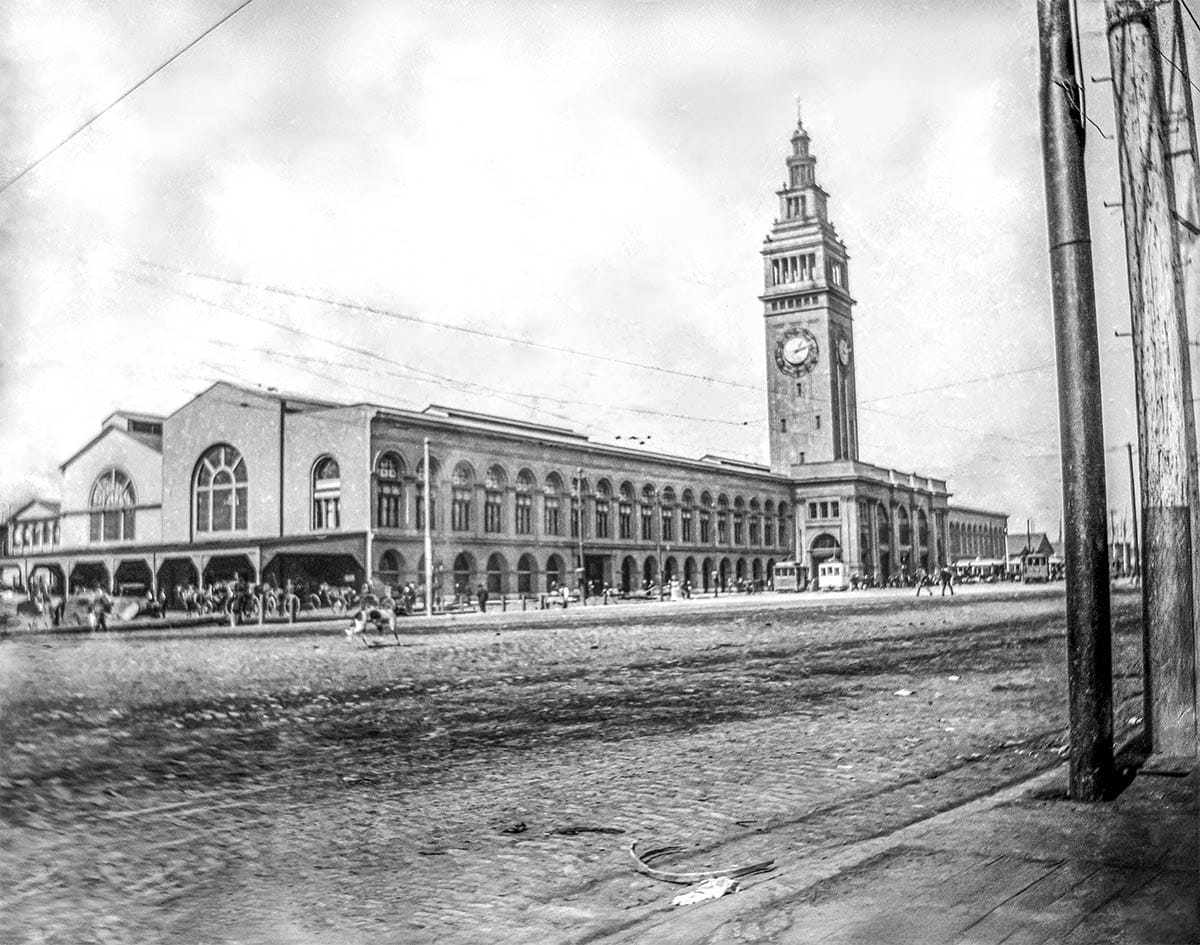Grab Bag #36
Animalia of San Francisco's Golden Gate Park, a Richmond District dairy, Willie Mays, and more of my favorite things.

Last week my San Francisco history friends admired a set of glass-plate negatives that were posted for sale on eBay. The unknown photographer who took the images at the fin de siècle of the 19th century and the dawn of the 20th captured some classic views, including the “Victorian” Cliff House and Ocean Beach below:

The gentleman who won the set on eBay, Shaun DeBow, generously allowed Gary Stark to post scans of the images on his Cliff House Project website.
For the general public who hasn’t spent hundreds of hours looking at old photos of the city there are some satisfying views of familiar sites, such as the Ferry Building and Childrens Playground:


For those of us more interested in the rare and obscure slices of city history, the best of the dozen was this shot of Deer Glen in Golden Gate Park:

This glen, a natural depression in the dune landscape which was molded into the lush park we have today, is now the site of the National AIDS Memorial Grove just west of the tennis court complex:

In the early days of the park, this enclosure was the catch-all space for donated animals, an impromptu zoo first fenced off in 1888. In the newly found old photo are Tule Elk. The glen was also home at different times to llama, donkeys, antelopes, moose, and even some kangaroo:

